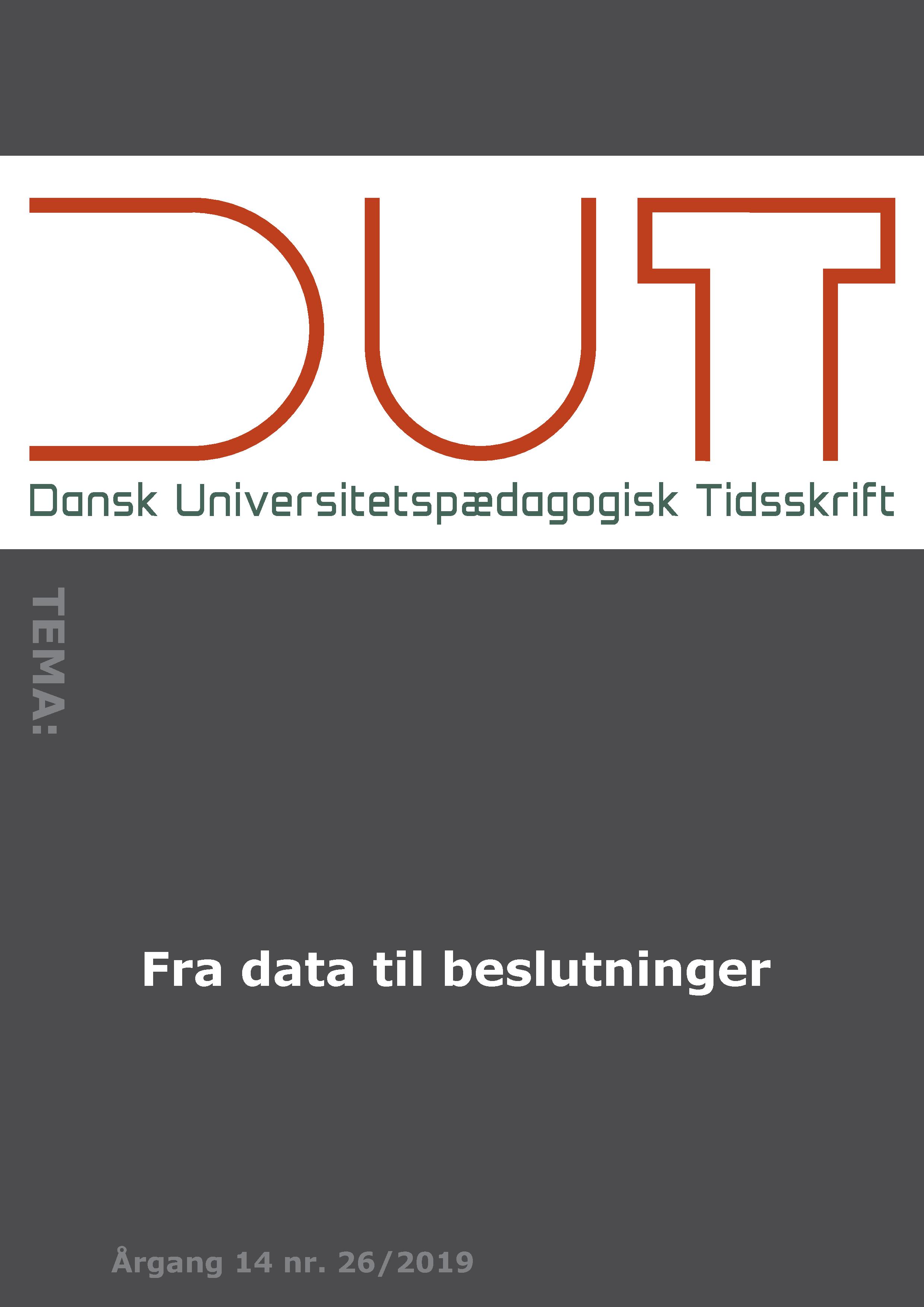Intended and unintended test constructs in a Multiple-Mini admission Interview. A validity study.
DOI:
https://doi.org/10.7146/dut.v14i26.106217Resumé
Admission interviews in higher education may be developed with the intention to select applicants with specific personal competences not captured by traditional grade-based admission. In this study, we examined whether the data structure of multiple-mini admission interview scores supported the presence of communication, empathy, collaboration, and resilience as independent test dimensions. In addition, the associations between the interview scores and unintended test constructs (station format, pre-university grades, age, gender) were examined. Confirmatory and exploratory factor analyses and regression analyses were used to examine interview data from a cohort of Danish medical school applicants. The proposed multi-dimensionality was not supported by the data structure. The influence of the unintended constructs examined was limited or non-existing. These results are in line with the scarce existing literature. This situation makes a priori claims that the multiple-mini interview can measure multi-dimensional personal competences inadvisable, and care should be taken about what is communicated to stakeholders.
Downloads
Publiceret
Citation/Eksport
Nummer
Sektion
Licens
DUT udkommer elektronisk via Statsbibliotekets Open Journal System (Tidsskrift.dk) og DUNs hjemmeside (DUN-net.dk) forår og efterår. Det er gratis og frit tilgængeligt at læse og downloade artikler fra tidsskriftet.
Det er ikke muligt at abonnere på Dansk Universitetspædagogisk Tidsskrift, DUT, men hvis du er medlem af DUN, får du tilsendt en nyhedsmail med link til udgivelsen, når den nyeste udgave er online. Linket vil også være tilgængeligt her på siden, så snart tidsskriftet er publiceret.
© Copyright
Artikler publiseret i Dansk Universitetspædagogisk Tidsskrift, DUT, må bruges (downloades) og genbruges (distribueres, kopieres, citeres) til ikke-kommercielle formål med reference til forfattere og Dansk Universitetspædagogisk Tidsskrift.
Artikler indsendt til Dansk Universitetspædagogisk Tidsskrift må ikke publiseres i andre tidskrifter.
Betingelser
Artikler i Dansk Universitetspædagogisk Tidsskrift, DUT, er omfattet af ophavsretsloven, og der må citeres fra dem.
Følgende betingelser skal dog være opfyldt:
- Citatet skal være i overensstemmelse med „god skik“
- Der må kun citeres „i det omfang, som betinges af formålet“
- Ophavsmanden til teksten skal krediteres, og kilden skal angives ift. ovenstående bibliografiske oplysninger.





